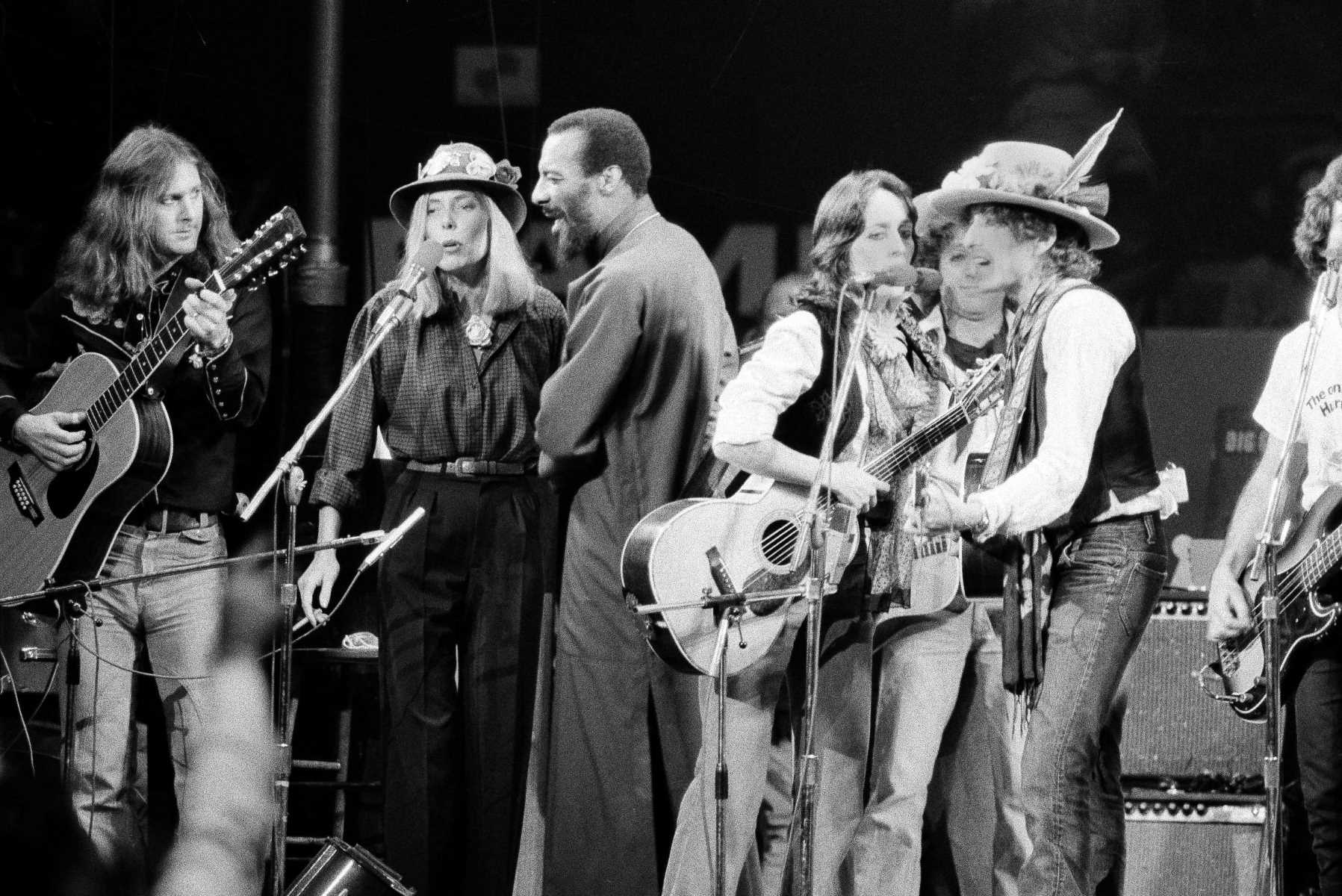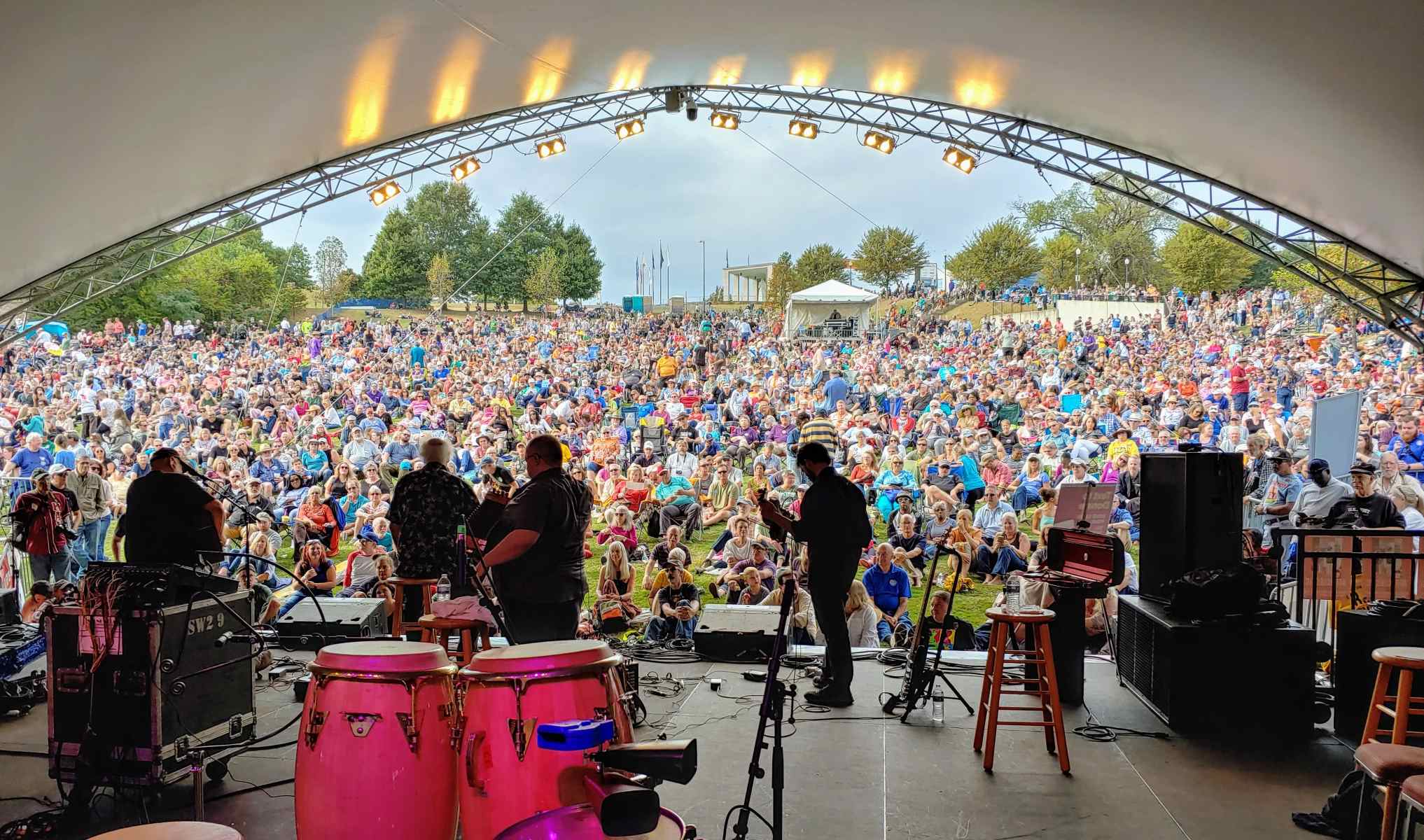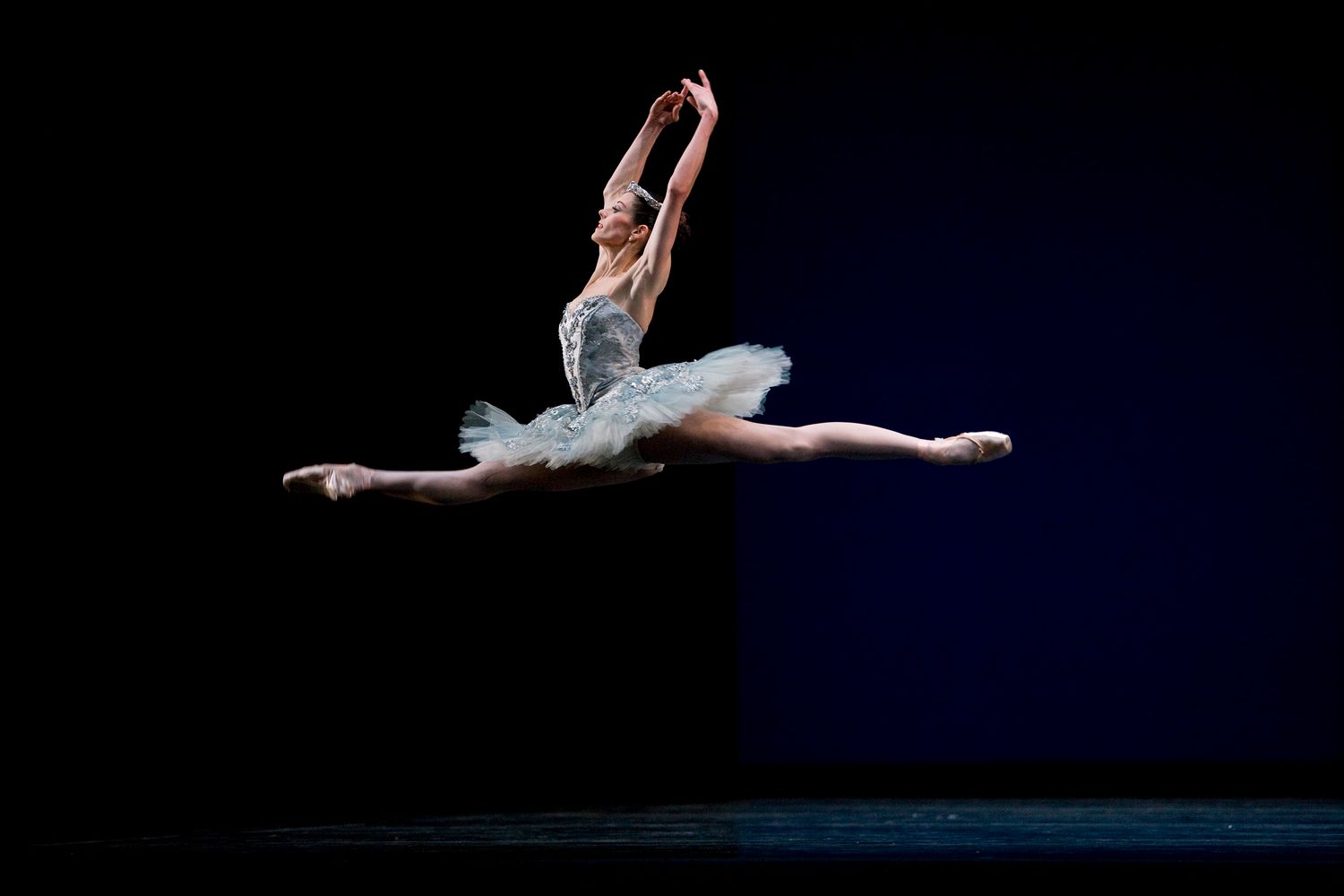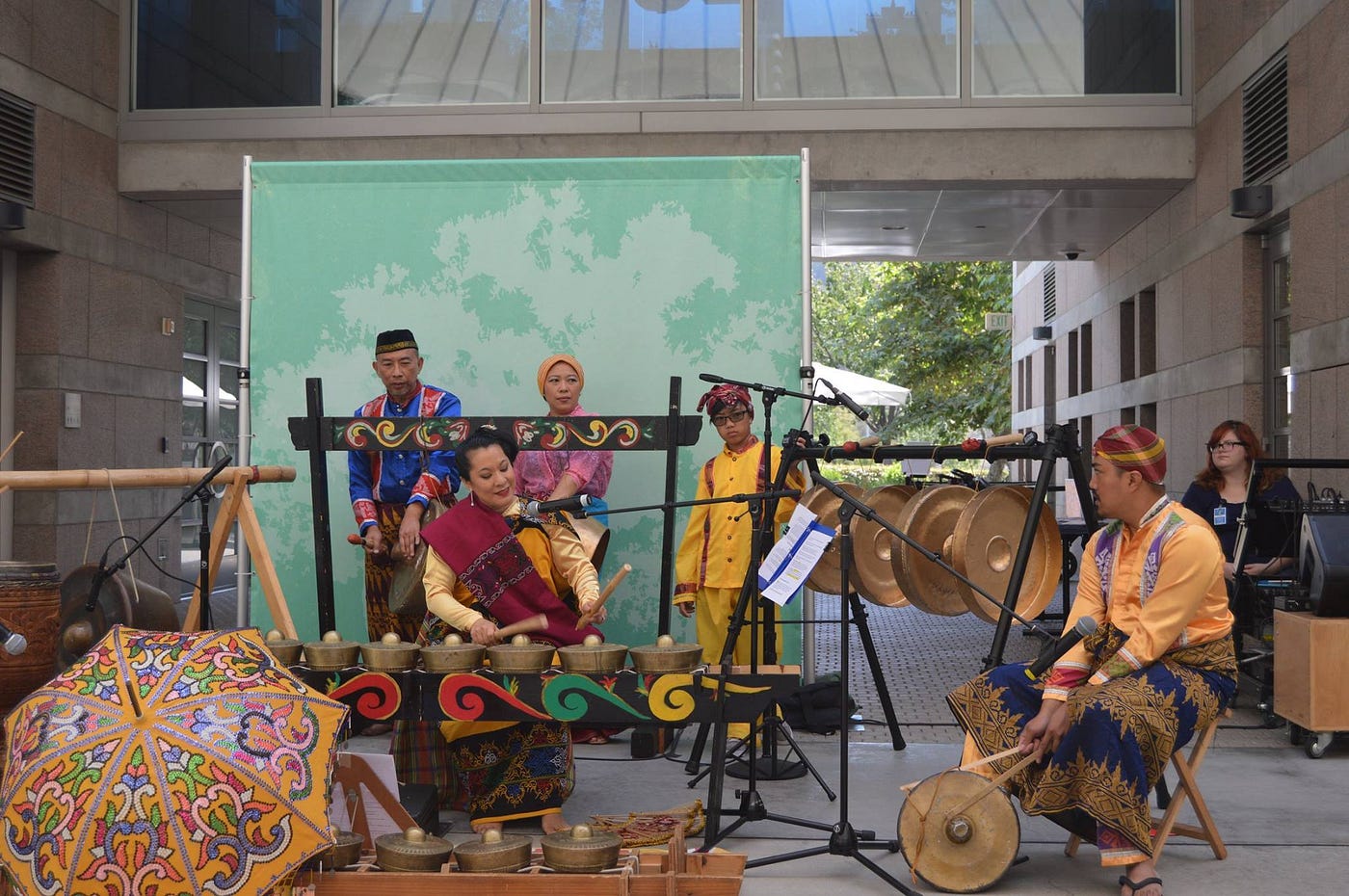Home>Genres>Folk>What Is Traditional Japanese Folk Singing Called
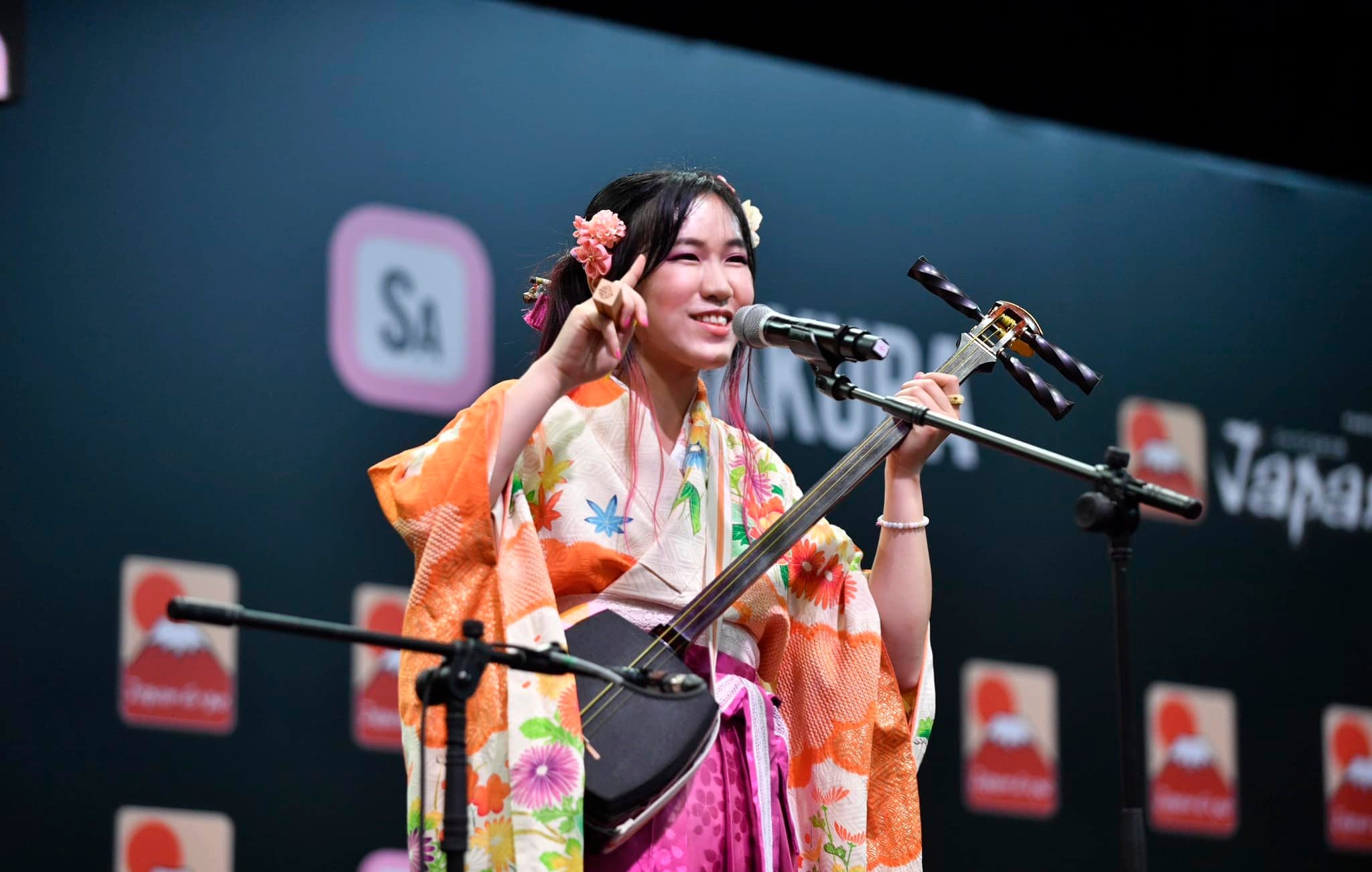

Folk
What Is Traditional Japanese Folk Singing Called
Modified: January 22, 2024
Discover the enchanting world of Japanese folk singing, also known as "Min'yō." Uncover the origins, history, and unique characteristics of this traditional musical art form.
(Many of the links in this article redirect to a specific reviewed product. Your purchase of these products through affiliate links helps to generate commission for AudioLover.com, at no extra cost. Learn more)
Table of Contents
- Introduction
- History of Traditional Japanese Folk Singing
- Characteristics of Traditional Japanese Folk Singing
- Instruments Used in Traditional Japanese Folk Singing
- Regional Variations in Traditional Japanese Folk Singing
- Importance and Cultural Significance of Traditional Japanese Folk Singing
- Influence of Traditional Japanese Folk Singing on Modern Music
- Conclusion
Introduction
Welcome to the enchanting world of traditional Japanese folk singing. Deeply rooted in the country’s rich cultural heritage, these melodic tunes have been handed down from generation to generation, preserving the essence of Japanese traditions. Traditional Japanese folk singing, known as Minyo, holds a special place in the hearts of the Japanese people, serving as a vibrant expression of their history, emotions, and daily life.
Minyo traces its origins back to ancient times when it was performed by farmers, fishermen, and other working-class individuals. It evolved as a form of entertainment during festivals, gatherings, and celebrations, captivating audiences with its heartfelt melodies and storytelling lyrics. Today, Minyo continues to thrive as a cherished art form, representing the soul of Japan.
Immerse yourself in the captivating melodies, rhythmic beats, and heartfelt lyrics as we explore the history, characteristics, instruments, regional variations, and cultural significance of traditional Japanese folk singing. Discover how this cherished musical tradition has not only influenced the music of Japan but has also captivated the hearts of people worldwide.
History of Traditional Japanese Folk Singing
The roots of traditional Japanese folk singing can be traced back to the ancient times of Japan’s agricultural communities. It was during the Edo period (1603-1868) that these rural folk songs began to gain prominence as a form of entertainment and cultural expression. The songs were often performed by working-class individuals, conveying their joys, sorrows, and everyday experiences.
During this time, different regions of Japan developed their own unique styles of folk singing, reflecting the diverse cultural and linguistic traditions of the country. Each region had its own repertoire of songs, often influenced by local dialects and historical events. The themes of these songs ranged from love and nature to work and social issues.
With the advent of recording technology in the early 20th century, traditional Japanese folk songs were preserved and made accessible to a wider audience. Musicians and scholars recognized the value of documenting these songs as a means of preserving Japan’s cultural heritage.
In the post-World War II era, folk music gained popularity as a platform for expressing social and political sentiments. Minyo artists adapted traditional folk songs to address contemporary issues and raise awareness about societal challenges. This fusion of traditional and modern elements brought a new level of relevance to Japan’s folk music scene.
Over the years, traditional Japanese folk singing has evolved to incorporate a variety of influences, blending traditional instrumentation and vocal styles with contemporary arrangements. It continues to be celebrated not only for its historical significance but also for its ability to evoke a sense of nostalgia and pride in Japanese culture.
Despite the changes in society and music trends, traditional Japanese folk singing remains a cherished art form that reflects the spirit and resilience of the Japanese people. It serves as a powerful reminder of the country’s rich cultural heritage and the enduring power of music to connect people across generations.
Characteristics of Traditional Japanese Folk Singing
Traditional Japanese folk singing, known as Minyo, is characterized by its distinctive musical and vocal elements that have been passed down through generations. Here are some key characteristics that define this mesmerizing art form:
- Melodic Patterns: Minyo features unique melodic patterns that are often pentatonic or heptatonic in nature, giving the songs a distinctively Japanese sound. These melodic patterns are deeply ingrained in the cultural heritage of Japan, and each region has its own melodic variations.
- Lyricism and Storytelling: Central to traditional Japanese folk singing is the art of storytelling through lyrics. The songs often depict themes of love, nature, historical events, and daily life experiences. The lyrics are poetic, evocative, and imbued with emotions, allowing listeners to connect with the stories being told.
- Call-and-Response: Another notable characteristic of Minyo is the call-and-response structure, where a lead singer initiates a line or phrase, and other singers or the audience respond in a coordinated manner. This creates a dynamic and interactive experience, enhancing the communal spirit of the performances.
- Use of Vocal Techniques: Traditional Japanese folk singing employs specific vocal techniques to convey the intended emotions of the songs. These techniques include vibrato, melisma (the sliding between notes), and yodelling, adding richness and depth to the vocal performance.
- Simple Accompaniment: In Minyo performances, the focus is primarily on the vocals and the storytelling. The instrumental accompaniment is typically kept simple, with traditional Japanese instruments like the shamisen (a three-stringed lute), koto (a plucked zither), and shakuhachi (a bamboo flute) being commonly used.
Traditional Japanese folk singing encapsulates the essence of Japanese culture, combining the power of storytelling, emotional expression, and musical craftsmanship. It is characterized by its distinct melodies, meaningful lyrics, and the use of traditional vocal techniques. These unique characteristics make Minyo a captivating and culturally significant art form that continues to resonate with audiences around the world.
Instruments Used in Traditional Japanese Folk Singing
Traditional Japanese folk singing, or Minyo, is often accompanied by a variety of traditional instruments that add depth and texture to the melodic and rhythmic elements of the songs. Here are some of the instruments commonly used in traditional Japanese folk singing:
- Shamisen: The shamisen is a three-stringed lute that is at the heart of traditional Japanese folk music. It has a distinct sound characterized by its plucked strings and resonating body. The shamisen provides a rhythmic and melodic foundation for the vocals and often takes on a role similar to a guitar in Western music tradition.
- Koto: The koto is a plucked, 13-stringed zither instrument that is known for its delicate and evocative sound. It is often used in traditional Japanese folk music to create cascading melodies or accompaniment patterns that complement the vocals. The koto adds an ethereal and beautiful quality to the overall musical arrangement.
- Shakuhachi: The shakuhachi is a traditional bamboo flute with a melancholic and haunting tone. It is capable of producing a wide range of pitches, dynamics, and expressive nuances. In traditional Japanese folk singing, the shakuhachi is often used to add emotive flourishes or instrumental interludes within the songs.
- Taiko Drums: Taiko drums are an integral part of Japanese traditional music and play a significant role in Minyo performances. These large drums, varying in size and shape, produce powerful and rhythmic beats that create a sense of energy and intensity. The taiko drums provide a driving force and enhance the dynamic impact of the music.
- Hand Percussion: Various hand percussion instruments, such as the tsuzumi (hand drum), chappa (cymbals), and hyoshigi (wooden clappers), are often used to accentuate the rhythm and add percussive elements to traditional Japanese folk singing. These instruments contribute to the vibrant and lively nature of the performances.
The combination of these instruments in traditional Japanese folk singing creates a rich tapestry of sound, blending melodic, rhythmic, and percussive elements. Each instrument brings its own unique qualities, contributing to the overall ambiance and character of the music. The use of these traditional instruments not only bridges the past with the present but also maintains the authenticity and cultural essence of Minyo.
Regional Variations in Traditional Japanese Folk Singing
Traditional Japanese folk singing, known as Minyo, showcases a diverse range of regional variations throughout Japan. Each region has its own unique style, repertoire, and distinct cultural influences that shape its folk music traditions. Let’s explore some prominent regional variations:
- Minyo from Tohoku: The northeastern region of Tohoku is known for its spirited and uplifting Minyo. The songs often highlight the resilience and strength of the local communities and often incorporate energetic dance movements. Tohoku Minyo typically utilizes a lively rhythmic accompaniment with instruments like the tsugaru shamisen and taiko drums.
- Minyo from Hokkaido: Hokkaido, the northernmost island in Japan, has its own distinctive folk music traditions. Hokkaido Minyo is influenced by the indigenous Ainu people and incorporates elements of their traditional music. These songs often evoke a sense of the natural beauty and harshness of Hokkaido’s landscape, with themes of hunting, fishing, and the seasons.
- Minyo from Okinawa: In the tropical islands of Okinawa, a unique style of folk singing known as Okinawan Minyo has flourished. These songs have their origins in the Ryukyuan Kingdom (14th-19th century) and showcase influences from China, Southeast Asia, and other neighboring regions. Okinawan Minyo is characterized by its distinct melodies, vocal techniques, and accompanying instruments such as the sanshin (a three-stringed instrument).
- Minyo from Kansai: The Kansai region, which includes cities like Kyoto and Osaka, has its own lively and vibrant style of Minyo. Kansai Minyo often features humorous and storytelling lyrics, with a focus on comedic elements and audience participation. The accompaniment may include instruments like the koto, shamisen, and chappa (cymbals).
- Minyo from Kyushu: Kyushu, the southernmost of Japan’s main islands, has a rich tradition of Minyo with strong influences from various neighboring countries. Kyushu Minyo incorporates elements of Korean, Chinese, and Southeast Asian music, creating a distinct fusion of styles. The songs often tell tales of love, nature, and historical events, accompanied by instruments such as the taiko drums and shamisen.
These are just a few examples of the regional variations in traditional Japanese folk singing. Each region has its own unique interpretation, reflecting the cultural, historical, and geographical diversity of Japan. The regional variations serve as a testament to the rich tapestry of Japan’s musical heritage and offer fascinating insights into the different expressions of Minyo throughout the country.
Importance and Cultural Significance of Traditional Japanese Folk Singing
Traditional Japanese folk singing, known as Minyo, holds immense importance and cultural significance in the fabric of Japanese society. It serves as a powerful medium for preserving Japan’s rich cultural heritage, conveying emotions, and fostering a sense of community. Here are some key reasons why Minyo is cherished and celebrated:
- Preservation of Cultural Identity: Traditional Japanese folk singing plays a vital role in preserving Japan’s cultural identity. The songs, melodies, and lyrics passed down through generations offer a glimpse into the country’s historical traditions, customs, and way of life. Minyo serves as a link to Japan’s past, ensuring that cultural knowledge and values are carried forward to future generations.
- Expression of Emotions and Stories: Minyo is an emotional and storytelling art form, allowing for the expression of a wide range of human emotions. From love and joy to sorrow and longing, Minyo captures the complexities of the human experience. The lyrics and melodies connect listeners to relatable stories and experiences, forming a deep emotional bond within the community.
- Community Bonding and Togetherness: Traditional Japanese folk singing brings people together, fostering a sense of community and togetherness. Whether it’s performing at festivals, gatherings, or local events, Minyo creates an atmosphere of shared joy and pride. The call-and-response structure and participatory nature of the performances further strengthen the bonds between performers and audience.
- Celebration of Nature and Seasons: Minyo often celebrates the beauty of nature and the changing seasons in Japan. The songs pay homage to the splendor of cherry blossoms, the tranquility of autumn, and the vitality of spring. This connection to nature resonates deeply with the Japanese cultural appreciation for harmony with the natural world.
- Influence on Performing Arts: Traditional Japanese folk singing has had a significant influence on various performing arts in Japan. It is not uncommon to find elements of Minyo integrated into theater, dance, and contemporary music. The rhythmic patterns, vocal techniques, and storytelling aspects of Minyo have left a lasting impact on the broader artistic landscape.
Traditional Japanese folk singing, through its cultural significance and emotional resonance, serves as a testament to the profound impact of music on society. Minyo keeps alive the traditions and values of Japan, while also fostering a sense of unity and pride among its people. It continues to play a vital role in creating a cultural tapestry that connects the past, present, and future of Japan.
Influence of Traditional Japanese Folk Singing on Modern Music
The influence of traditional Japanese folk singing, known as Minyo, extends beyond its historical and cultural significance. It has also made a lasting impact on modern music, both in Japan and around the world. Here are some ways in which Minyo has influenced and shaped contemporary musical styles:
- Fusion in Popular Music: The unique melodies, vocal techniques, and rhythms of Minyo have found their way into various genres of popular music in Japan. Artists often incorporate elements of Minyo into their compositions, blending traditional and modern sounds. Whether it’s J-Pop, rock, or even hip-hop, the infusion of Minyo adds a distinct flavor and cultural depth to contemporary Japanese music.
- International Appreciation: Traditional Japanese folk singing has gained international recognition and appreciation, inspiring artists from different parts of the world. The haunting melodies, emotive storytelling, and use of traditional instruments have influenced musicians and composers globally. This cross-cultural exchange has led to collaborations and the fusion of Minyo with diverse musical traditions.
- Revival of Traditional Instruments: Minyo has played a crucial role in revitalizing interest in traditional Japanese instruments such as the shamisen, koto, and shakuhachi. As Minyo gained popularity, a new generation of musicians embraced these instruments, incorporating them into contemporary music compositions. This revival ensures the preservation of these ancient instruments and keeps the art of their craftsmanship alive.
- Musical Adaptation in Theater and Film: Traditional Japanese folk singing has found its place in the world of theater and film. The emotive nature and storytelling aspects of Minyo make it a perfect fit for these mediums. Minyo songs are often adapted and reimagined in theatrical productions, providing a connection to Japan’s cultural heritage. Additionally, the use of Minyo in films adds a sense of authenticity and emotional depth to storytelling.
- Cross-Pollination with World Music: The global music scene has experienced a fusion of traditional Japanese folk singing with various world music genres. Musicians and bands, inspired by Minyo, have created unique musical blends by combining Minyo melodies and instruments with styles like jazz, reggae, and electronica. This cross-pollination has resulted in the creation of new and innovative musical expressions.
The influence of traditional Japanese folk singing, Minyo, continues to evolve and shape modern music in Japan and beyond. Its distinct qualities have found resonance with contemporary artists, leading to the fusion of traditional and modern elements. This ongoing exchange between traditional and contemporary music ensures the preservation and relevance of this beautiful cultural tradition for generations to come.
Conclusion
Traditional Japanese folk singing, or Minyo, continues to captivate and inspire audiences with its rich cultural heritage, emotive storytelling, and soulful melodies. Through the passage of time, Minyo has remained an integral part of Japanese society, connecting people to their roots and preserving the essence of Japan’s history and traditions.
The history of Minyo traces back centuries, evolving from the musical expressions of rural communities to becoming a cherished art form enjoyed by people of all backgrounds. The distinctive characteristics of Minyo, such as its melodic patterns, lyricism, call-and-response structure, and use of traditional instruments, create a unique sonic tapestry that reflects the diversity of Japan’s cultural landscape.
Minyo’s regional variations add another layer of depth and richness, showcasing the unique cultural influences and traditions of each region. The importance and cultural significance of Minyo cannot be overstated, as it serves as an expression of emotions, a medium for community bonding, and a celebration of Japan’s natural beauty and seasonal changes.
The influence of traditional Japanese folk singing extends beyond its cultural relevance. Minyo has left an indelible mark on modern music, inspiring musicians not only in Japan but also around the world. Its fusion with popular music genres, international appreciation, revival of traditional instruments, and adaptation in theater and film have ensured its longevity in contemporary creative expressions.
In conclusion, Minyo serves as a powerful bridge between the past and the present, connecting generations, cultures, and musical traditions. Its continued vibrancy and impact reflect the enduring power of music to move hearts, foster cultural understanding, and preserve the profound heritage of a nation. As we delve into the enchanting world of traditional Japanese folk singing, we embark on a journey that unravels the harmonious blend of tradition and innovation, creating a tapestry of musical beauty that resonates with people across the globe.

